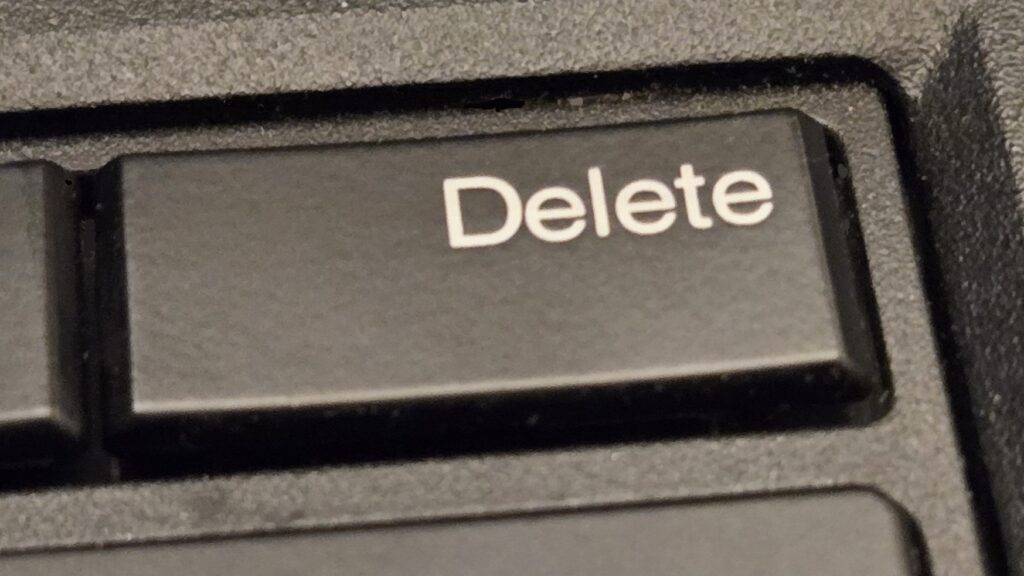The Broadband Map is Out; Let the Challenges Begin
Randy Sukow
|

The FCC today released the first draft of its National Broadband Map, a tool to pinpoint where broadband service exists or does not exist and to help the Commission and other federal agencies distribute broadband development grants and loans. The map replaces years of earlier maps based on census block data and ISP submissions on FCC Form 477. Those maps are universally panned as inaccurate.
The new, more accurate map measures down to individual addresses, with the goal of identifying every home, business or other structure in the nation that could subscribe to broadband. The universal conclusion among telecom experts is that this map, or “pre-production draft,” as FCC staff call it, will not be good enough. The coming months will be marked by a slew of challenges, filling in what the FCC expects to be several data gaps.

“Consumers, states, tribal government, other third parties – everybody can submit challenges to location data, availability data and mobile coverage data,” said Eduard Bartholme, senior outreach director, for the FCC’s Broadband Data Task Force, who appeared yesterday at NRECA’s Broadband Leadership Summit in Washington. The FCC also will accept crowd sourced data as part of a challenge, “so if you have data that doesn’t align with the availability data that is reported, you can submit that as crowd source data and we will use that to verify and validate what providers have reported to us.”
NRTC’s CrowdFiber can help members who would like to file challenges based on crowd sourced data.
The map indicates locations where the FCC believes there is internet service with a green dot. Red dots indicate no service reported. Gray dots indicate a location “not broadband serviceable and does/would not subscribe to a mass market service.” Individuals or groups can click on a red or green dot and call up a form to file a challenge. Groups also can file location challenges if the addresses on the map appear to be in the wrong spot geographically.
The FCC also has issued a separate mobility map, to track coverage areas for 4G and 5G wireless services. It provides a link to a mobile app that will help users collect and submit speed test data for mobile coverage challenges on its website.
A limited challenge period has already been open for months. On June 23, the Commission released the Broadband Serviceable Location Fabric, which Bartholme described as “a common data set of all the addresses or structures in the U.S. where fixed broadband access services can be installed. That’s the data that providers report their availability against.”
The Commission began accepting challenges to the fabric in September. “In Virginia, we got access to the FCC’s location fabric, and we did officially submit a challenge on Oct. 31,” said Tamarah Holmes, director, Virginia Office of Broadband, earlier this week during USTelecom’s Broadband Investment Forum. “We discovered some addresses and locations that were missing, and we will be submitting a second challenge to ensure that all of our addresses are in the fabric.”
Virginia in May 2022 released its own state broadband availability map and used it to identify about 200,000 locations that lack 100 Mbps downstream/20 Mbps upstream, that were not correctly identified in the fabric. Bartholme said that the FCC has developed a way for states and other groups to submit bulk challenges to the map or the fabric.
Along with the fabric, the FCC also used data from the Broadband Data Collection (BDC) process to build the map. It collected availability data from ISPs on Sept. 1 using much the same process it used to collect data in its flawed Form 477 process. The Commission will continue updating that information every six months.
Some attendees at the NRECA Summit registered skepticism that a self-reporting system will be accurate, even the Commission requires more detailed information. And some questioned whether the FCC will have the resources to handle the challenge process that meant to fill in the holes BDC leaves.
“I think we’re in good shape. I think we’re positioning ourselves well to be successful,” Bartholme replied. “There’s a little fear of the unknown, though. We could get millions of these challenges. I don’t think that will be the case, but we need to make sure we can rise to that.”
“The map will never be perfect. Government doesn’t say that a lot, but that’s the reality,” he said. “There may be a new neighborhood built tomorrow and that’s not going to be reflected in the map yet. This will always need to be validated, checked and refined over time, and that starts now.”


